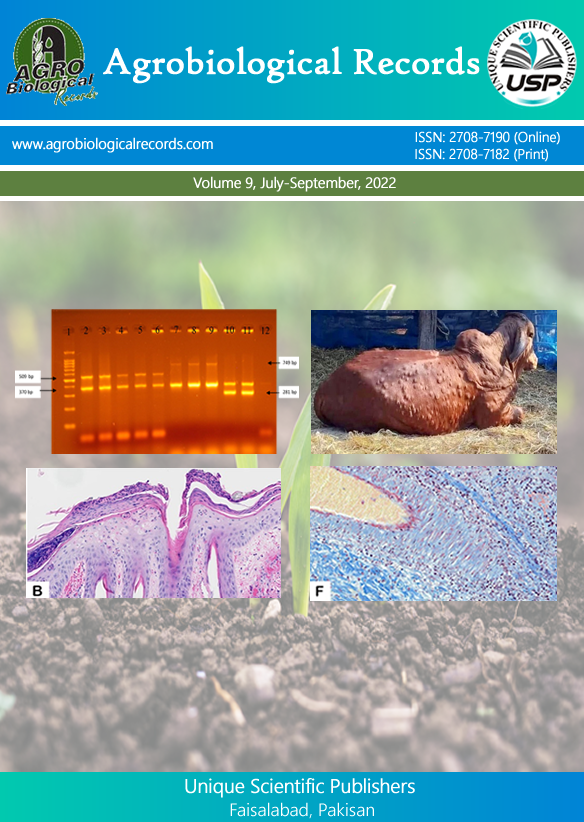
Fatima Akram*, Beenish Maqsood and Muhammad Khurshid
School of Biochemistry and Biotechnology, Quaid-e-Azam Campus, University of the Punjab, Lahore, Pakistan
*Corresponding author: fatimaakram1357@gmail.com
L-Asparaginase (EC 3.5.1.1) is widely utilized in the pharmaceutical and food industry. Unluckily, the therapeutic activity of L-Asparaginase decreases because of its lower in vivo stability and antigenicity. To obtain an enzyme with the required physical and catalytic characteristics, it is crucial to understand the enzyme structure and its correlation with function. Numerous mutational studies have been conducted for this purpose. In this study, site-directed mutagenesis of the AfASNase gene encoding L-Asparaginase enzyme from Anoxybacillus flavithermus (AfASNase) was performed to observe its impact on enzyme activity. A variant T294A-AfASNase was created by using site-directed mutagenesis. According to the previous studies, this amino acid residue was observed to be a part of the allosteric site. The mutated plasmid was genetically expressed, and the enzyme activity was determined. Results showed that the Relative specific activity of partially purified, genetically expressed AfASNase native cells and the T294A variant was 100% and 14.99%, respectively. Whereas the decline in enzymatic activity of genetically expressed native AfASNase and T294A variant was calculated as 0 and 85.01%. A robust reduction in the activity of the T294A variant was observed. Hence, it can be presumed that Thrionine 294 residue of AfASNase is crucial for the enzyme's catalytic activity, which is why a mutation at this site caused a loss of enzyme activity.